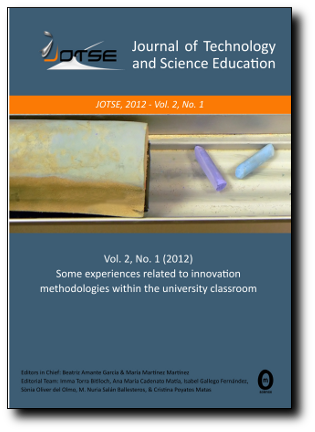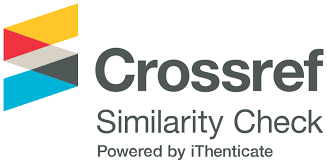Understanding the role of technological self-efficacy in fostering creative problem-solving and curiosity in teacher education: A structural equation modeling approach
Abstract
The integration of digital technologies in education has profoundly transformed teacher education, necessitating a focus on creativity, problem-solving, and inquiry-based learning. Despite the expanding literature on technological self-efficacy, creativity, and curiosity in education, significant gaps persist in understanding their relationships, especially in teacher education. Utilizing a cross-sectional design, the study applies PLS-SEM to investigate the relationships among technological attitudes, technological self-efficacy, technological problem-solving engagement, intrinsic motivation, learning engagement, pedagogical knowledge, content knowledge, creative reasoning, and curiosity among 875 respondents from a state university in Cebu City, Philippines. The findings reveal that positive technological attitudes significantly enhance technological self-efficacy, which, while influencing technological problem-solving engagement, does not directly impact creative reasoning or curiosity. Additionally, both technological problem-solving engagement and intrinsic motivational factors substantially contribute to fostering creativity and curiosity. The strong roles of pedagogical knowledge and content knowledge further emphasize the need for teacher education programs to incorporate holistic strategies that combine technological engagement with pedagogical frameworks. These insights underscore the importance of equipping pre-service teachers with the skills and knowledge necessary to cultivate creativity and curiosity in their future classrooms, thereby enhancing overall educational effectiveness.
Keywords
DOI: https://doi.org/10.3926/jotse.3233
This work is licensed under a Creative Commons Attribution 4.0 International License
Journal of Technology and Science Education, 2011-2026
Online ISSN: 2013-6374; Print ISSN: 2014-5349; DL: B-2000-2012
Publisher: OmniaScience




